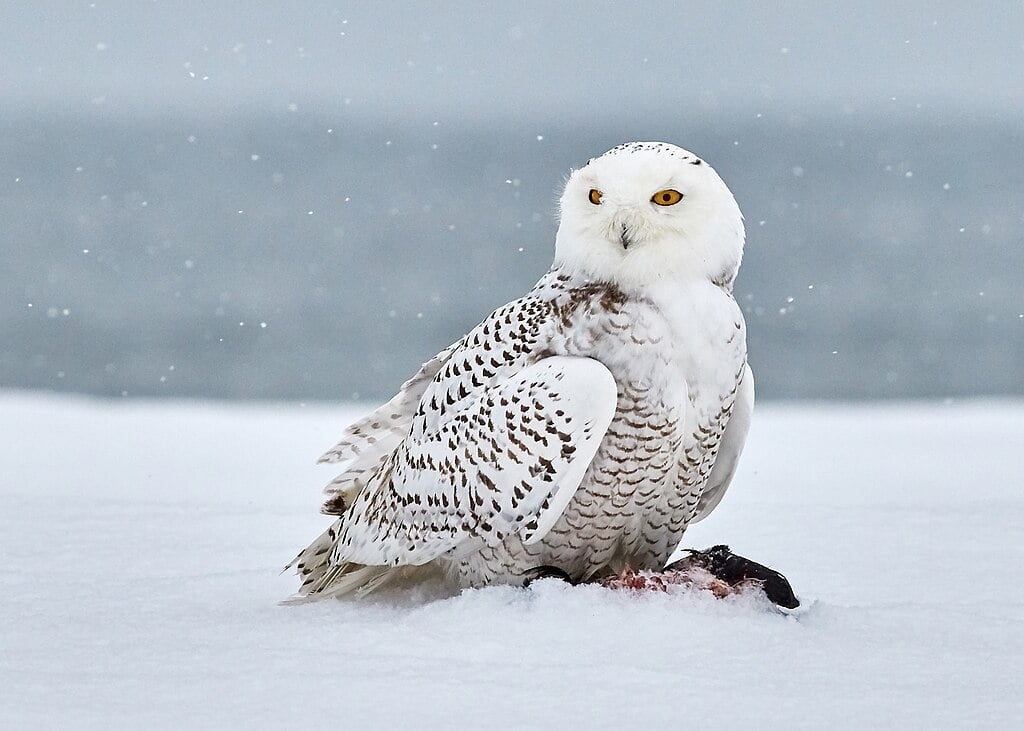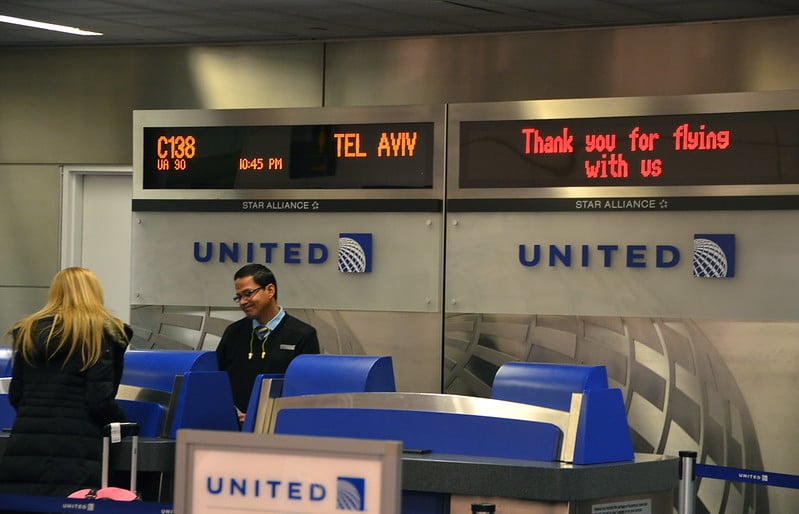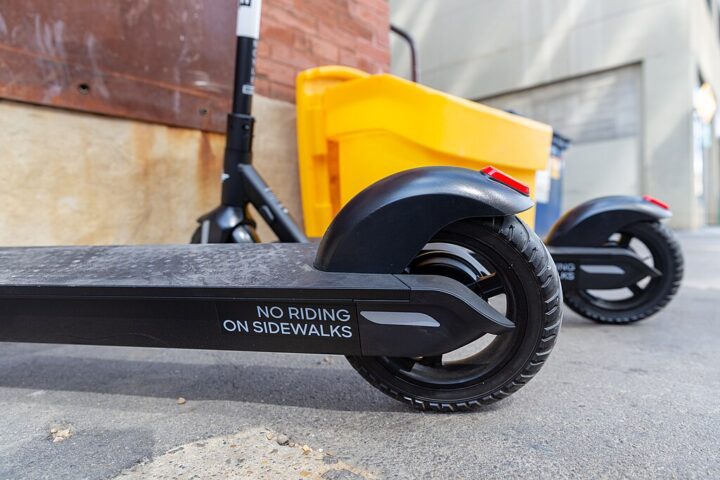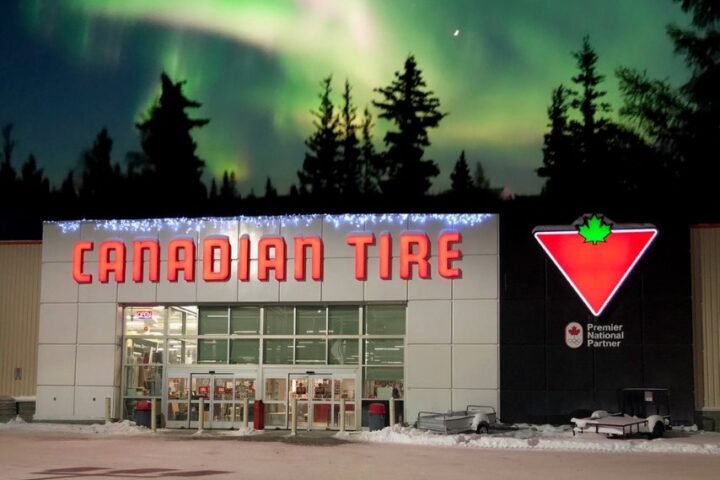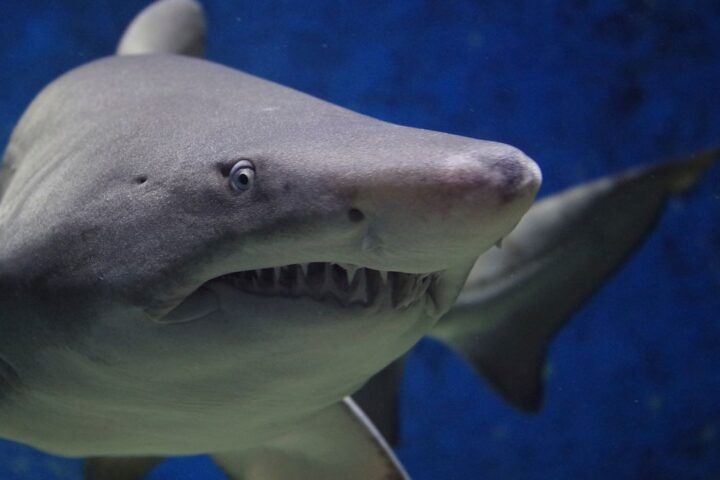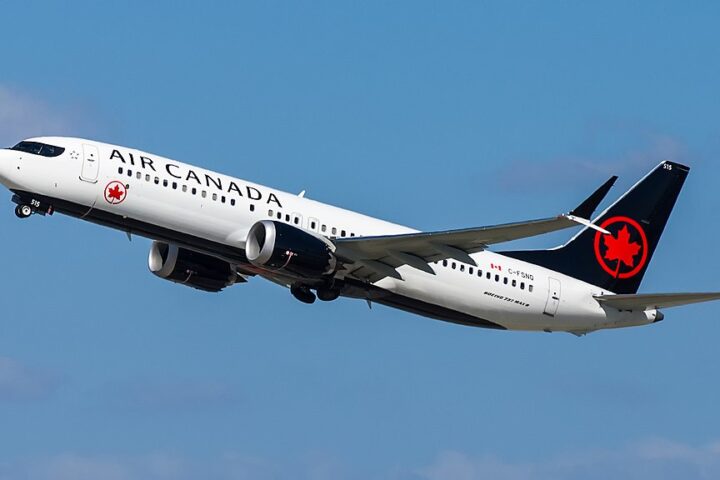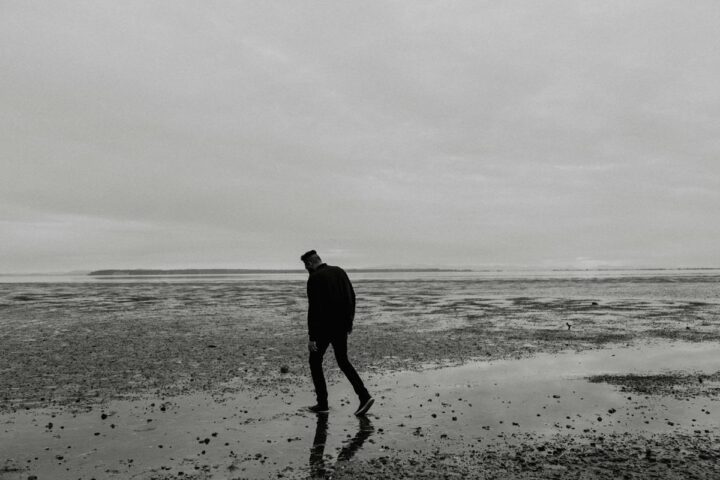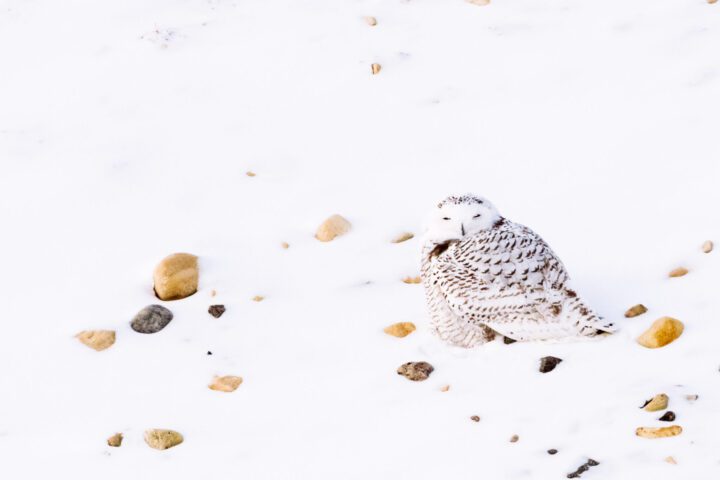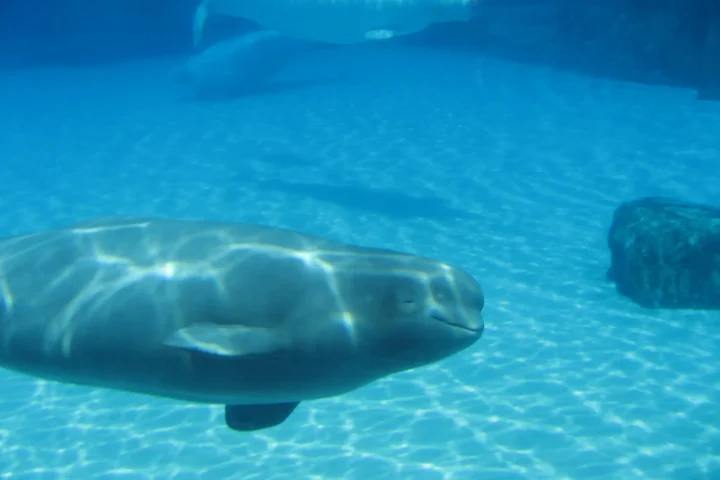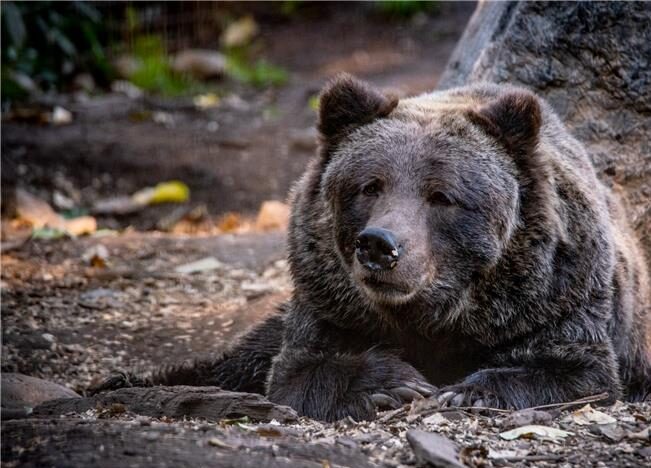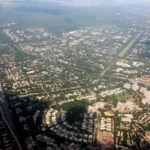Canada’s iconic snowy owl is in serious trouble. The Committee on the Status of Endangered Wildlife in Canada has officially labeled the species as threatened, marking a critical milestone for Quebec’s provincial bird and one of North America’s most recognizable raptors.
The designation came after scientific evidence showed snowy owl numbers have dropped by more than 40 percent over the past 24 years. That’s three full generations of these Arctic hunters disappearing from Canadian skies.
“Over that period of time, the snowy owl has been seen to decline by over 40 per cent. That means it meets the criteria for threatened,” said Louise Blight, co-chair of the committee’s bird specialist group and adjunct associate professor at the University of Victoria.
The threatened label means the snowy owl will likely become endangered unless something changes the factors driving its decline.
Climate Change Hits Arctic Hard
The Arctic is warming twice as fast as the rest of the planet, and snowy owls are paying the price. These changes strike at the heart of how these birds survive.
Snowy owls depend almost entirely on lemmings for food. These small Arctic rodents normally survive winter by digging tunnels through snow to reach plants underneath. But warming temperatures bring more winter rain, which creates thick ice layers that trap the vegetation lemmings need.
“What’s happening now is we’re pulling out, so to speak, species one by one,” explained David Rodrigue, executive director of the Ecomuseum Zoo near Montreal. “You can pull pieces out for a long time and the tower stands. But at one point, you pull one out, everything collapses.”
When lemmings can’t reach their food, they starve. Their populations crash, leaving snowy owls without their main prey. Adult owls may abandon nests or skip breeding entirely during these lean years.
The warming Arctic also melts permafrost, turning solid ground into muddy terrain filled with water pools. This destroys the dry, elevated sites snowy owls prefer for nesting. Meanwhile, shrubs and small trees are spreading across the traditionally open tundra where owls hunt, making it harder for them to spot prey.
Sea ice loss adds another problem. Snowy owls use floating ice as rest stops and hunting platforms, but climate change has dramatically reduced Arctic sea ice coverage.
Human Threats Pile Up
Climate change isn’t the only danger. When snowy owls migrate south for winter, they face a gauntlet of human-created hazards.
Many owls die from vehicle strikes as they hunt along roads and near airports, where small rodents are easier to catch in open areas. Power lines kill owls through electrocution and collisions. Communication towers and wind turbines claim more victims.
Guy Fitzgerald, a veterinarian at the University of Montreal’s birds of prey clinic, has seen the aftermath firsthand. “We see lots of snowy owls hit by cars, they can hit power lines,” he said. One owl brought to his clinic had tangled in barbed wire so badly that its entire wing required amputation.
Poison presents a hidden threat. Farmers use rodenticides to control rats and mice, but when owls eat poisoned rodents, the toxins accumulate in their bodies and can prove fatal.
Disease outbreaks like avian influenza add yet another risk for populations already under stress.
Population Numbers Were Wrong All Along
Recent research has revealed that scientists dramatically overestimated snowy owl numbers for decades. Early estimates suggested as many as 290,000 owls lived worldwide in the early 2000s.
Advanced tracking technology and genetic analysis have painted a much grimmer picture. The actual global population likely ranges between just 14,000 to 28,000 breeding adults. This massive downward revision means the species was far more vulnerable than anyone realized.
Similar Posts
The International Union for Conservation of Nature has classified snowy owls as “Vulnerable” globally, indicating high extinction risk in the wild.
What Happens Next
The committee’s threatened designation is just the first step. The committee will submit its assessment to the federal government in fall 2025. After that, the minister has 90 days to post a response and begin public consultations about whether to officially list snowy owls under the Species at Risk Act.
If listed, the government would be legally required to develop a recovery plan and protect critical habitat. Provincial governments would also need to take action.
“Alarm bells should be ringing in Quebec,” the Ecomuseum Zoo warned in a statement this week. Quebec hasn’t even begun formally assessing its provincial bird’s status despite the national decline.
Following Quebec’s Environment Ministry statement, the province will evaluate the species’ status based on available data.
Signs Point to Broader Crisis
Scientists view the snowy owl’s decline as an indicator of larger problems in the Arctic ecosystem. As a top predator, owls help control prey populations and maintain ecological balance. Their disappearance sends ripples through the entire food web.
“The Arctic in many ways is extremely important for, literally, human survival as well,” Rodrigue said. “People don’t realize that things are so bad there that you’ve got species like that that are crashing.”
The snowy owl holds deep cultural significance for many Indigenous nations across the North. Its threatened status represents more than just conservation concerns—it signals the loss of a species woven into the cultural fabric of Arctic communities.
Blight emphasized the speed of Arctic change makes the situation particularly challenging. “The Arctic is changing so fast we can’t even keep track of it,” she said, quoting a colleague who works in the region.

For a species that survived ice ages and adapted to one of Earth’s harshest environments, the current combination of rapid climate change and human pressures may prove too much to overcome without immediate intervention.
The committee will submit its full assessment to the federal government this fall, beginning the formal process that could lead to one of Canada’s most significant wildlife protection.
